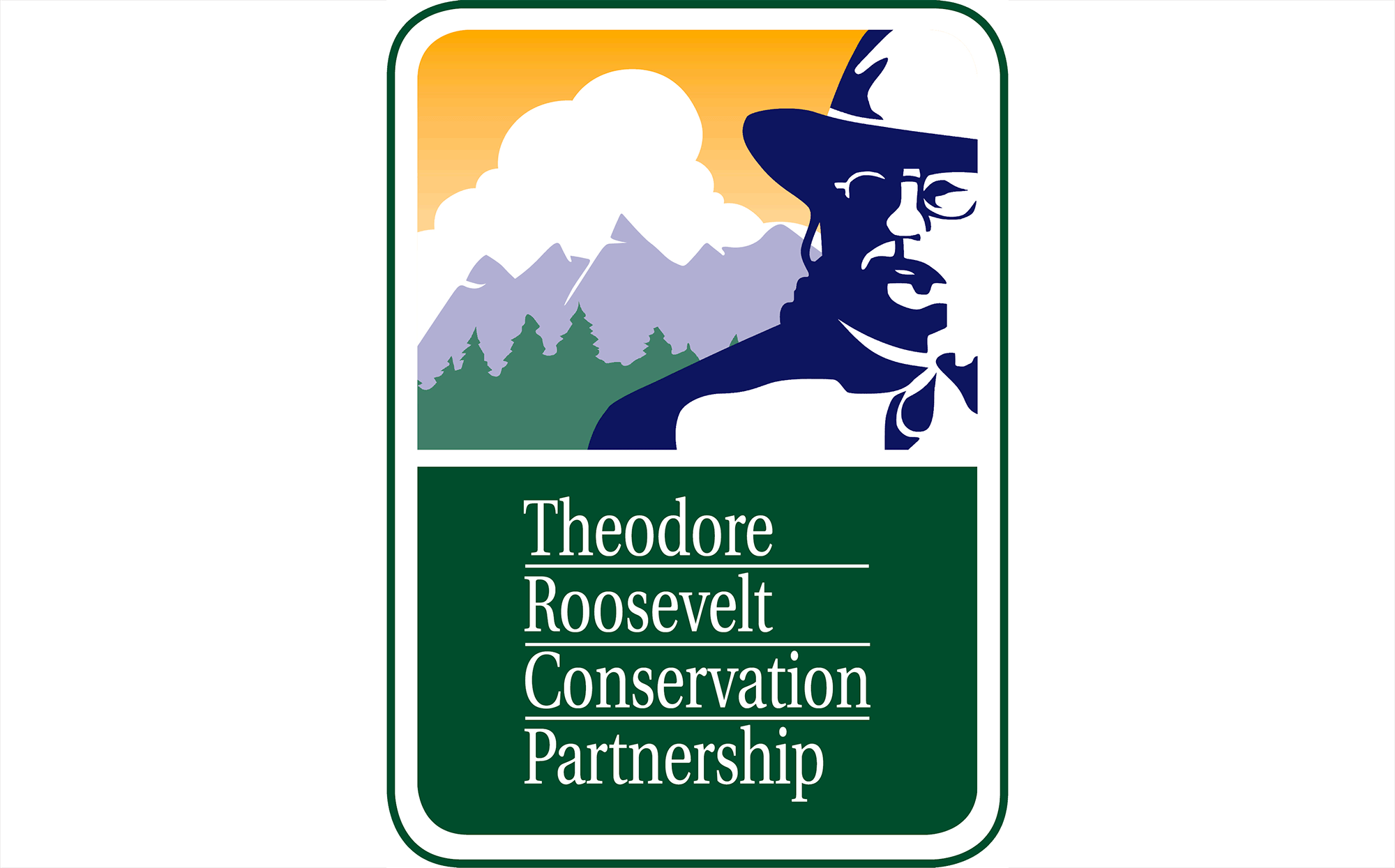Habitat Must Remain the Focus of Sage Grouse Conservation Efforts

With only 60 days to work together with DOI and see that strong, science-based plans for sage grouse conservation move forward, hunting and fishing groups emphasize that habitat must remain the priority.
This morning, the Department of Interior released a Secretarial Order initiating the review of sage grouse conservation plans meant to keep the bird off the endangered species list.
The order establishes a DOI interagency team to evaluate, within 60 days, whether federal plans are complementary to state plans and compatible with recent administrative orders on energy independence. Any resulting recommendations could have a significant effect on the future conservation of all sagebrush-dependent species, including sage grouse, pronghorn antelope, and mule deer.
After careful review of the order, the top priority of conservation and sportsmen’s group leaders for habitat to remain the primary focus of conservation efforts. These experts maintain that administrative action must not undermine the safeguards provided by the federal conservation plans.
On a briefing call with press and stakeholders yesterday, before the order became public, Secretary Zinke noted that one goal would be to ensure that “innovative ideas” from the states are considered to allow flexibility. These might include setting population target goals, establishing captive breeding programs, improving predator control and monitoring techniques, and curbing West Nile virus, according to the Secretary.
“Many of these suggested tools are already available to the states,” says Miles Moretti, president and CEO of the Mule Deer Foundation. “Controlling predators and West Nile virus, for example, can be done within the current plans, but these measures cannot stand in place of managing habitat for a healthy ecosystem that benefits all sagebrush-dependent species and stakeholders—from sportsmen and landowners to industry. We support Secretary Zinke’s goal of strengthening collaboration with the states and resolving their remaining issues with federal sage grouse plans, but habitat conservation must remain the focus. That is the only real long-term solution.”
“Sage grouse conservation should be driven by science and guided by professional wildlife managers,” says Steven Belinda, executive director of the North American Grouse Partnership. “We support innovative ideas for grouse management, but some of the suggestions offered by the Secretary are simply not supported by current science. The preponderance of scientific evidence clearly demonstrates that habitat loss and degradation is the primary cause of declines in sage grouse populations over the past several decades. Addressing habitat concerns
will achieve the goal of healthy populations and minimize the impacts from disease, predators and drought, making captive breeding unnecessary.”
A letter sent by leaders of the Western governors task force on sage grouse indicates there’s little appetite for an approach where sage grouse would be managed based on targets for population size versus overall habitat health.

Image courtesy of Kristyn Brady.
“Population size and habitat are inextricably linked, and undermining habitat protections while attempting to meet population objectives by other means is not sustainable,” says Whit Fosburgh, president and CEO of the Theodore Roosevelt Conservation Partnership. “The combination of agreed-upon federal, state, and private land conservation efforts represents the best chance for long-term, range-wide survival of sage grouse. The U.S. Fish and Wildlife Service’s decision not to list the bird in 2015 will be reviewed in 2020, and opening up the plans to major changes legally requires an amendment process that threatens the outcome of that review. We look forward to working with Secretary Zinke and his staff to resolve remaining issues with the plans, and we’re confident that a legitimate review should demonstrate that they were based off the best science, with balance and flexibility built in so that state concerns could be addressed.”
“The work to benefit sage grouse over the last five years has been the greatest landscape-scale conservation effort undertaken in modern times, which is why this order to review the plans seems to be a solution seeking a problem,” says Steve Williams, president of the Wildlife Management Institute and former director of the U.S. Fish and Wildlife Service. “The decision not to list the bird was predicated on federal and state plans being implemented simultaneously, without interference, and in combination with ongoing conservation efforts on private lands. Any amendments to the plans before they’ve been fully implemented would impede real conservation results, threatening not only the bird but also certainty for stakeholders like sportsmen, ranchers, and industry.”
A review of conservation plans by a new administration is reasonable to expect, but sportsmen’s groups ask that the process is transparent and inclusive.
“Sportsmen’s groups have worked extensively on sage grouse conservation efforts, including those of private landowners,” says Howard Vincent, president and CEO of Pheasants Forever and Quail Forever. “The Secretary mentioned there is a lot of anger and mistrust in local communities, but I’m confident that a comprehensive review process will also document the substantial and growing number of landowner success stories across the West, where improvements for sage grouse also benefit livestock. We strongly encourage Secretary Zinke to document those successes, include them in the review, and work closely with USDA Secretary Purdue to ensure supportive, conservation-minded landowners are not left out of the conversation.”
Sportsmen and conservation organizations have been actively engaged in sage grouse conservation for many years. Key groups were deeply involved in developing conservation plans that led to the U.S. Fish and Wildlife Service’s decision not to list the greater sage grouse for protection under the Endangered Species Act in September 2015. Key to that decision, which sportsmen celebrated, was the unprecedented landscape-scale approach through complementary conservation plans for federal, state and private lands.
Sportsmen have also worked closely with the Western Governors Association and the Western Association of Fish and Wildlife Agencies to develop a roadmap for future research, management, and conservation efforts across the sage grouse’s range. Hunters and recreational shooters have contributed well over $130 million to sage-grouse management and conservation since 2000 through license sales and gear purchases—this funding has been distributed to the states as dictated by the Pittman-Robertson Act. Finally, the community has strongly supported and coordinated with the aforementioned Western landowners and other individuals working to conserve sage grouse habitat through voluntary efforts under the Natural Resources Conservation Service’s Sage Grouse Initiative and other collaborative programs.
SHARE ON
You may also like
The role corn plays for gamebirds and economies ac...
Sportsmen’s conservation policy issues from publ...
Sportsmen’s conservation policy issues from publ...



























